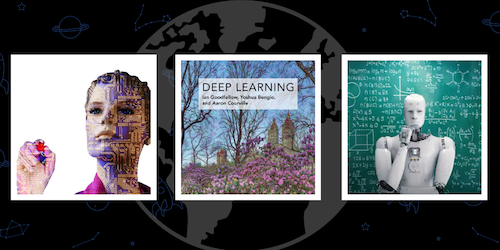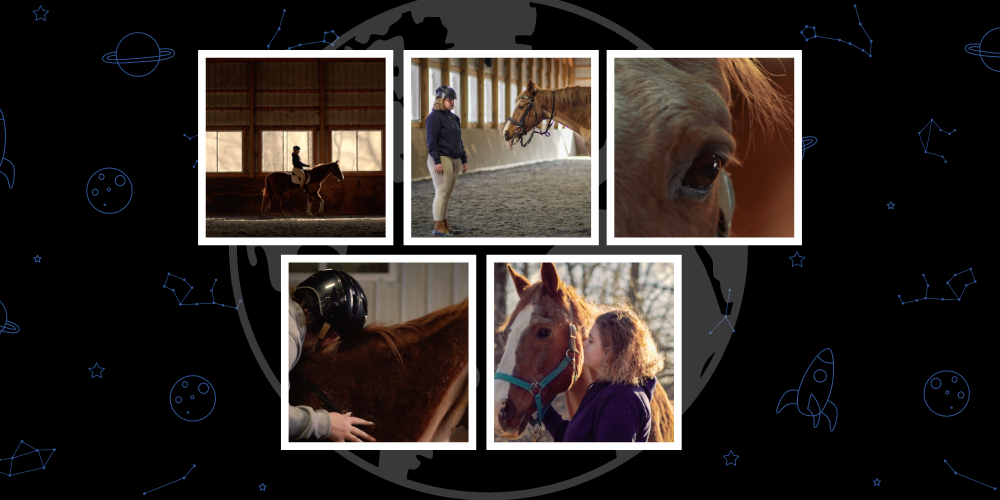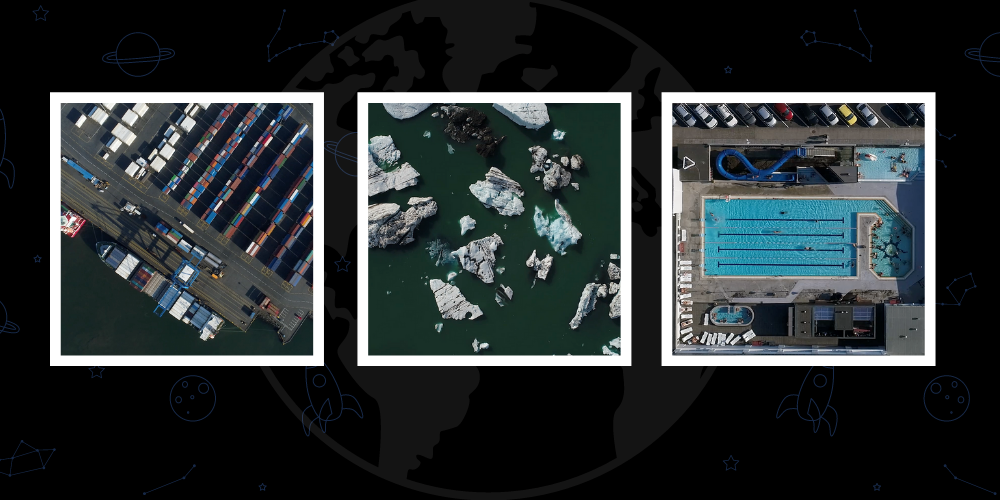This month audiences can screen a video called Makine Öğreniminin Yükselişi, created by student Nicole Avidon for Planet Classroom’s Problem Solver Series. Avidon takes a look at some of the ways machine learning might be used to improve the ways we learn. There are numerous edtech start-ups focused on building the future of online education. AI (makine öğrenme) will be used to teach students through interactive exercises and conversations. Learners will be able to solve assignments while conversing with an intelligent tutor online. This AI can be adapted to fit a student’s personal learning profile. That’s good news for learners and for teachers who will have better data to provide targeted pedagogical interventions. Research has already indicated that this will make a big difference to learning outcomes and student motivation.
Aaron Courville is the co-author of Deep Learning, a textbook that he created with Yoshua Bengio and Ian Goodfellow for students, practitioners, and instructors. In 2016, it was hailed as the first comprehensive textbook on the subject, written by some of the most innovative and prolific researchers in the field. Given the rapidly changing world of AI, how relevant is this book today?
Eğitim Global Arama is pleased to welcome Aaron Courville.
Elon Musk called your book the only comprehensive book on the subject of Deep Learning. What inspired this work and what lessons did you learn in the creation process?
In the time leading up to writing the book, there were a lot of people coming into the field with a wide range of backgrounds and getting lost in the proliferation of research papers. We felt that there was a need for a reference that would provide a coherent and accessible presentation of this material. Our goal was to fulfill that need.
Regarding lessons learned, we knew going in that this was a rapidly developing field and that any book on the subject would age quickly. This has indeed been true of our book, but I’ve been gratified to see it hasn’t yet become obsolete. I suppose our focus on fundamentals has helped. The first chapters of the book provide a good background in linear algebra, calculus, probability and machine learning basics. These fundamentals are just as important today as when we wrote the book.
British education expert Sir Anthony Seldon has made the bold claim that technology has the potential to automate education – he’s not the first to note this. In your opinion, what are the pros and cons for student learning in a world supported by these rapidly evolving technologies?
I’m really enthusiastic about the potential of AI to aid in education. Yoshua Bengio and I have a former student, Iulian Serban, who has founded an EdTech startup, called Korbit, building AI-powered personalized tutors. AI tutors have the potential to adapt a curriculum to the student’s specific goals, strengths and challenges. It also has the potential to bring these advantages to every student in the world, democratizing knowledge and skills acquisition.
Long-term, the disadvantages I see are more indirect. School boards and other educational institutions, under budgetary pressure, may opt for a more automated system to replace some proportion of human teachers. Tüm, this may lead to fewer interactions between students and teachers. These interactions will remain important experiences for students and reducing their frequency seems like a loss. Also teachers may well be capable of interventions that are beyond the scope of the automated system. Nihayet, any large-scale deployment of an automated education system will likely be standardized and uniform. From the perspective of equality of opportunity this is a good thing, but from the perspective of allowing for a diversity of opinions, perspectives and approaches to education, automation could present a risk.
The pandemic thrust global learning into a “remote learning” experience almost overnight. How has COVID19 progressed the need for machine learning technology?
COVID19 has increased the demand for many different technologies including machine learning and AI. Machine learning could help our remote video tools to make better predictions of the video and audio signals in order to reduce latencies and render the interaction more natural.
AI-powered tutoring systems could also really make a difference in these contexts since, given the current state of remote learning technology, it can be difficult for teachers to monitor the progress of individual students.
Job automation because of these technologies is everyone’s fear. In every industrial revolution we have seen technology create new jobs. What are your top tips for students, teachers and parents preparing for competencies and skills that will enable them to flourish in 2030 ve ötesinde?
There are some jobs that are more readily automatable than others. With AI-powered systems, the jobs at risk can be surprising. Örneğin, highly skilled jobs such as radiologist may well see their jobs change dramatically due to advances in computer vision systems. Diğer taraftan, our ability to build reliable robots to navigate in unstructured environments has been advancing much more slowly, so jobs such as construction workers are, for now, to be less threatened by AI.
Daha genel olarak, jobs that are dependent on a specialized and narrow set of skills are at greater risk of being automated. We have not yet been very successful at creating AI systems with competency over a broad range of tasks. So jobs that require a diverse set of skills are less at risk of automation.
Nihayet, I guess I’m biased, but I think computer science and machine learning are excellent fields to enter. The demand for this expertise remains very high and I don’t see that going away for the foreseeable future.
SANTİMETRE. Rubin and Aaron Courville
Kaçırmayın Makine Öğreniminin Yükselişi by student Nicole Avidon, now screening on the Planet Classroom Network.







Son Yorumlar